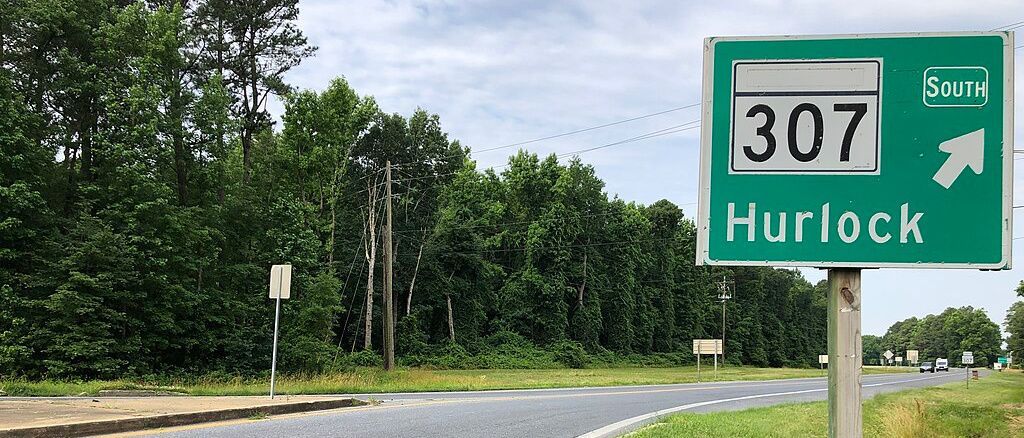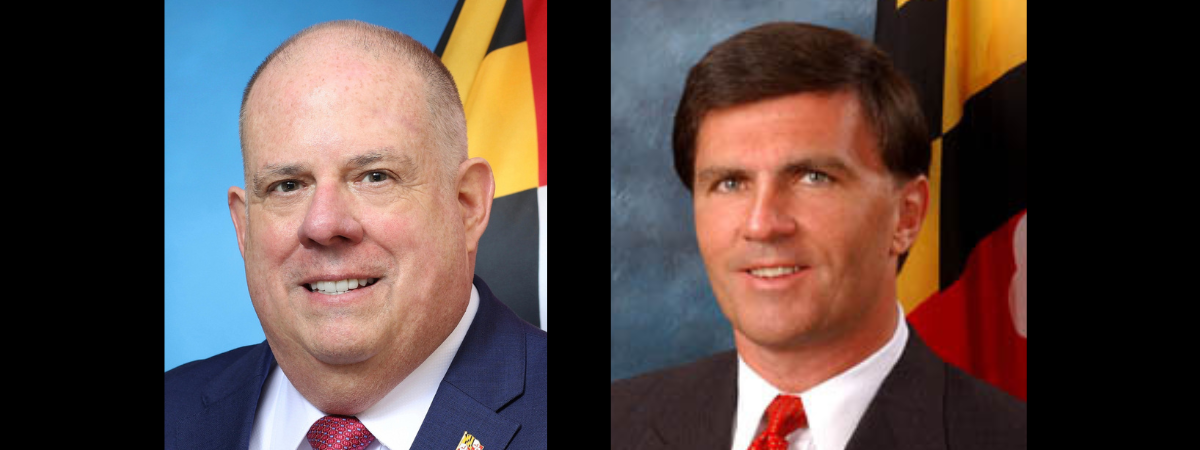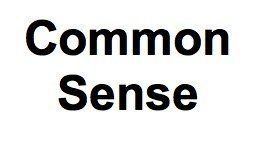What a Difference a Rule Makes! Voting Rules, House & Senate, Part 1
This is the first in a series of occasional mini civics lessons wherein we look at how our American-style democracy works—or doesn’t. This time, a glimpse behind the scenes into how that “legislative sausage” is made.
Jan. 3, 2019, was a special day in Washington DC. It marked the first day of a brand-new congress—the 116th US Congress. Each congress—they’re all numbered—begins at noon on Jan 3 of odd-numbered years and lasts for two years. The 116th Congress will consist of two one-year “sessions,” the first runs through Jan. 2, 2020, and the second through Jan. 2, 2021.
The first order of business for each new congress is to set and vote on the rules for their two-year term. Usually the rules are carried over from the previous congresses—with perhaps a few tweaks here and there. Mostly those tweaks are minor, though even a small rule change can sometimes make a dramatic difference in the way Congress works. Each of the two chambers of congress—the US House of Representatives and the US Senate—makes their own rules. And although they are similar, there are a few major differences.
One such difference that has already had a huge impact in 2019 concerns the way bills are brought to the floor of either chamber for debate followed by a final vote on passage.
Both the House and the Senate have procedures to request or require an end of debate and to go directly to a final vote on a bill. This can be routine or requested when there is any delay or political stalling in placing a vote on the agenda. In the House, it is a fairly simple, straightforward procedure. It’s basically the same as in Robert’s Rules of Order which is the standard guide book used by most boards, companies, clubs, and other organizations.
In the House, if there is a delay in scheduling a vote, any member can call the “previous question” or “previous motion,” and then a vote to end debate must be held. If it passes with a simple majority, then discussion on the issue is officially over and the final vote is taken either soon or immediately after. The bill either passes and becomes law or it doesn’t. Though a lot of politicking and pressure goes on, at least this way no one person can indefinitely prevent a measure from being debated and voted on.
However, it is very different in the Senate. There is no easy way in that chamber to force or guarantee that a final vote will ever be held—whether that vote is for a bill, a nomination, a treaty, or a resolution.
In theory, and often in practice, Senate votes are scheduled as a matter of routine after a bill or other matter is voted favorably out of its assigned committee. However, the Senate, unlike the House, is basically structured on a consensus model, meaning everything must be decided unanimously. This effectively gives every senator an absolute veto on everything. Thus a tradition and practice of cooperation, collaboration, and trust is needed to get anything done. But what trust and collaboration there has been in the past has been steadily eroding in recent decades.
For example, in recent years, under multiple administrations, many nominations have not been voted on for months or even years because one senator “put a hold” on the vote, using the senatorial veto and preventing the other senators from exercising their votes. Likewise, chairs of committees and majority leaders of both parties have refused to put controversial measures—or just ones they didn’t personally like or were afraid might pass—onto the agenda so that they could be brought to the Senate floor and discussion could begin.
While consensus or unanimous consent is a laudable goal—in fact it’s a very attractive idea—in practice it can cause the wheels to grind to a halt and make it almost impossible to hold any votes or make any decisions at all.
The best known recent example of this “any-senator-can-veto-anything” situation is Senate Majority Leader Mitch McConnell, who last December refused to allow the Senate to vote on a Budget bill to prevent the government shutdown—a bill that had already been passed by the House. That shutdown cost the US billions of dollars, much emotional stress, and was so unpopular within both parties and among the general population that the next Budget bill—one that was almost the same as the first—passed easily. Now that first version might not have passed, though it was expected to pass if it ever came to a vote. But we’ll never know because one senator prevented that vote. This is not an evaluation of that one senator for being obstructive, but an analysis of a system that allows, even encourages, such results.
In Part 2, we will look into the various methods that our politicians and representatives use to grease—or throw a monkey wrench into—the wheels in the Senate. Next time, the infamous filibuster and the byzantine cloture process along with the less familiar but frequently-used UCA (Unanimous Consent Agreement).
Links for some sources for this article and for more information on the subject:
“Where, When, and Why Does the US Congress Meet? Keeping the Nation's Legislative Business on Schedule”: https://www.thoughtco.com/what-are-congressional-sessions-3322284
“What Senate Cloture Votes Tell US About Obstructionism”: https://www.washingtonpost.com/news/monkey-cage/wp/2013/11/12/what-senate-cloture-votes-tell-us-about-obstruction/?utm_term=.a113f6602d65
“Worksheet: The Legislative Branch”: https://docplayer.net/23965410-Worksheet-the-legislative-branch.htm l
Common Sense for the Eastern Shore







